Magnificent Water Lilies
Hey, plantaholics!
I hope you are having a good day. It’s a beautiful day for me to talk about the gorgeous beauties of waterlilies. Thanks to many experts’ hybridization efforts in the field, there are practically thousands of variations of water lilies now!
My interest in water lilies started when a friend of mine posted her flower pictures on social media – I was totally hooked. The novelty of the lilies intrigued me. I got in touch with her, and with her help, I dived right into it.
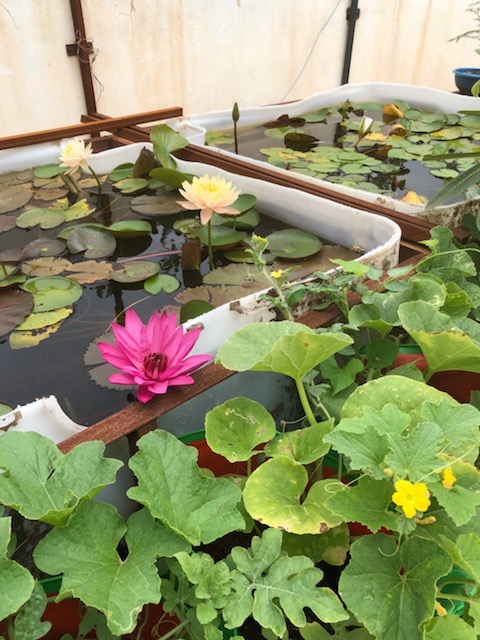
Broadly, there are two types of water lilies: Hardies and Tropicals.
Hardies sprout from rhizomes and bloom all day long. As the rhizome continues to grow, it will give rise to plantlets from almost every node. Tropicals, on the other hand, have a tuber from where the leaves will sprout. When it gets too chilly in the winter, they will become dormant. It is also important to note that the planting method for both is different (coming up in the next post).
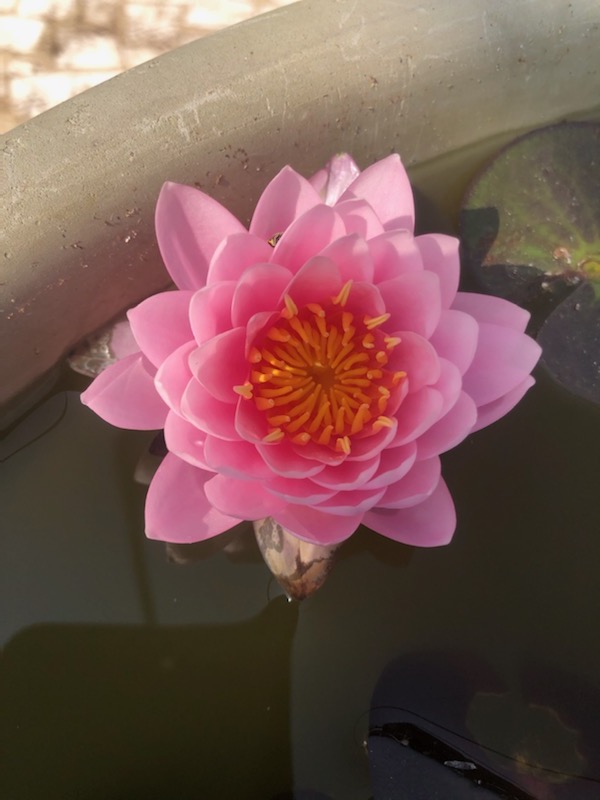
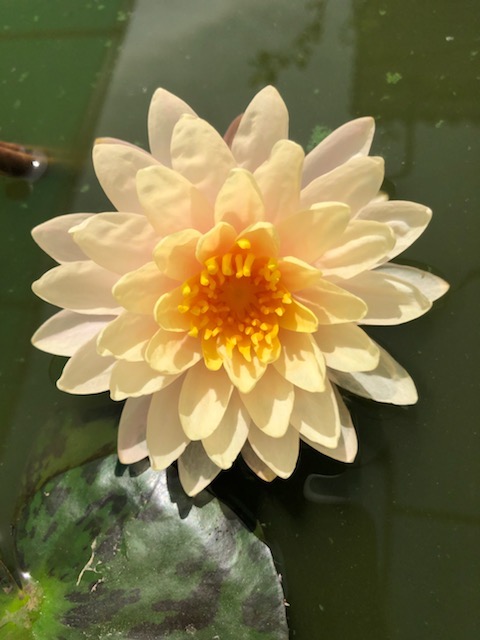
The flowering season for both varieties where I’m from (Gujarat, India) is usually between February/March and October/November. Some of the flowers bloom from early morning to late afternoon, whereas others will only bloom for a few hours in the mid-morning. Some whimsical kinds will begin to bloom at night and continue to bloom until the early morning.
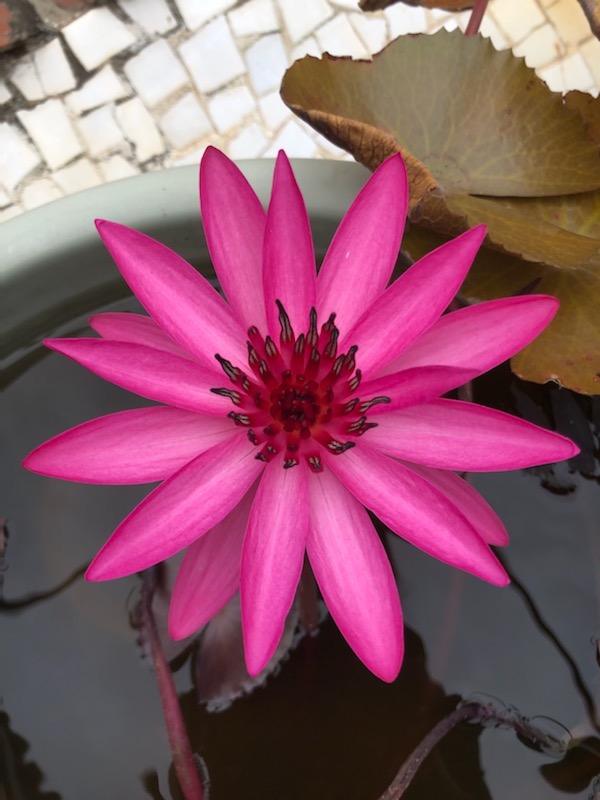 Night Bloomer
Night Bloomer
Keep in mind that water lilies need at least 6 - 8 hours of sunlight every day. So place your ponds or containers accordingly.
Besides the hardies and tropicals, there are also the hybrids of these two (HxT). Then there are the Aussie varieties as well. Each type has its own magical charm and uniqueness. Stay tuned for the next post, where I will share more about the planting methods.
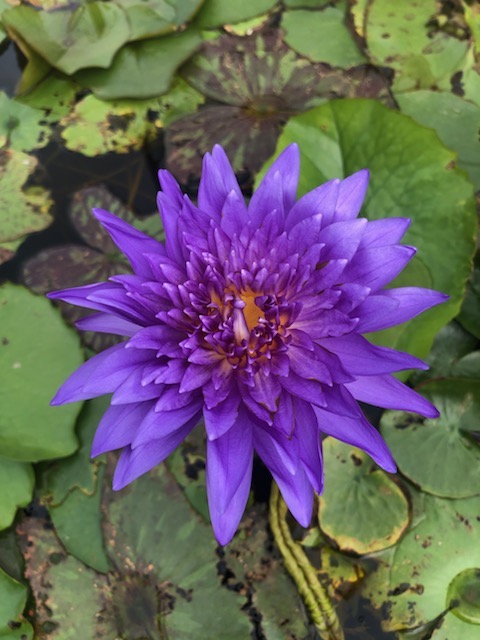
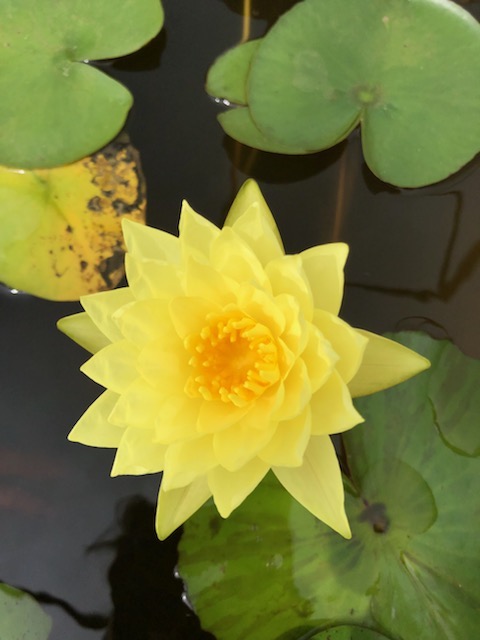
One thing is for sure – having water lilies in your garden will definitely boost its beauty.